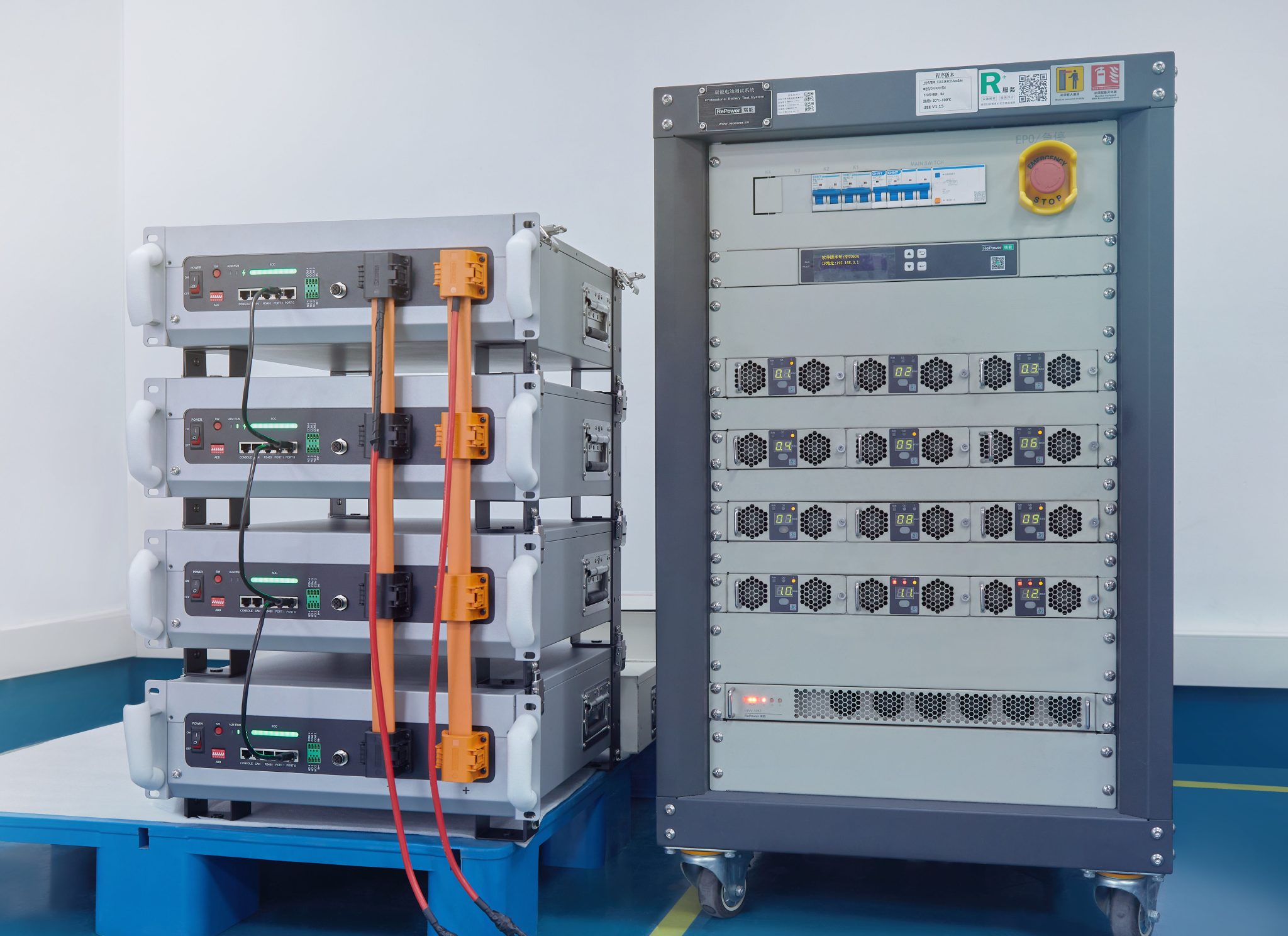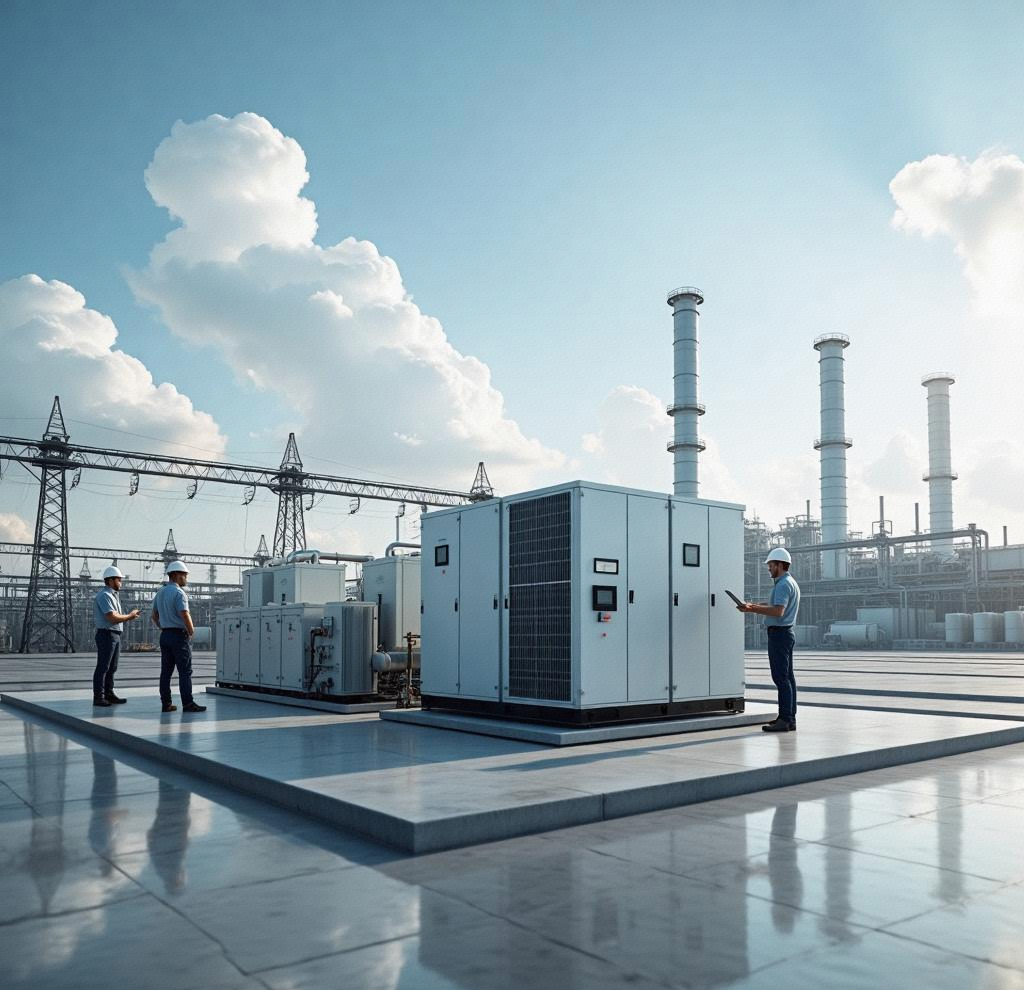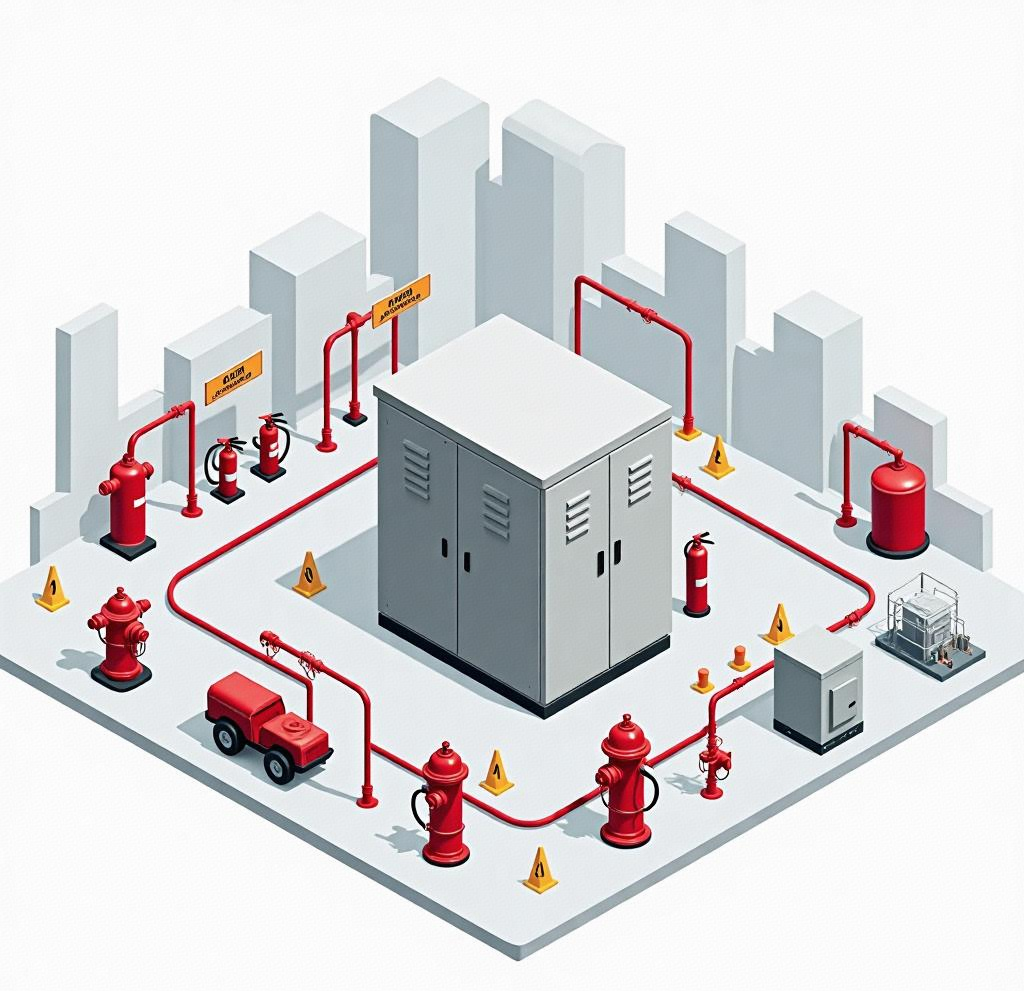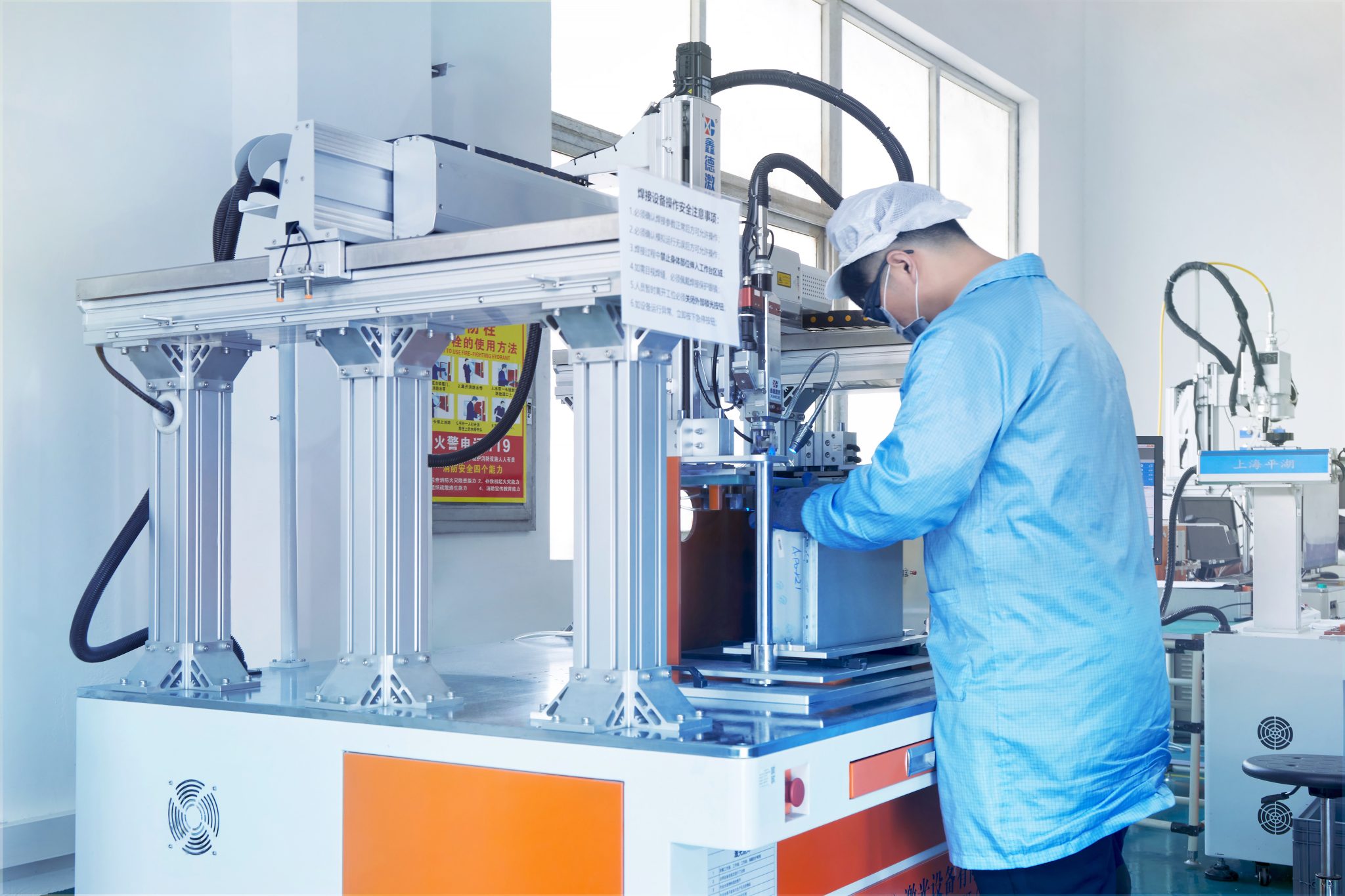The demand for advanced lithium battery storage solutions continues to grow as industries and consumers seek more efficient, sustainable, and high-performing energy storage options. With ongoing breakthroughs, lithium battery technology is evolving rapidly, making way for next-generation innovations that will redefine energy storage.
5 Game-Changing Technologies Transforming Lithium Battery Storage in 2025?
Solid-state batteries, silicon anode technology, advanced battery management systems, second-life battery applications, and ultra-fast charging solutions are revolutionizing lithium battery storage. These cutting-edge innovations promise improved efficiency, longer lifespan, and enhanced sustainability, setting the stage for a more reliable energy future.
Breakthrough Innovations in Lithium Battery Storage: What’s Next for Energy Storage Solutions? With the rise of renewable energy storage, the focus is on developing high-energy density lithium battery technology, optimizing fast-charging lithium batteries, and integrating smart battery management systems. Researchers are also exploring safer and more efficient materials to enhance battery efficiency and sustainability.

Keeping up with these advancements is crucial to understanding the future of lithium battery storage. Here’s a closer look at the five key technologies shaping the industry.
Solid-State Batteries: The Future of Safer and More Efficient Energy Storage
Solid-state batteries are poised to revolutionize lithium battery storage by replacing the conventional liquid electrolyte with a solid electrolyte. This change significantly improves battery safety, eliminating risks of leakage and thermal runaway. Additionally, solid-state batteries boast higher energy density, allowing for greater energy storage in a smaller footprint.
One of the most promising aspects of solid-state battery technology is its ability to extend battery life cycles, reducing degradation over time. This advancement enhances the durability and reliability of lithium-ion batteries, making them ideal for electric vehicles and renewable energy storage. Moreover, solid-state batteries enable faster charging speeds, addressing one of the key limitations of current lithium-ion batteries. As research progresses, solid-state batteries are expected to become a mainstream energy storage solution in the coming years.
Beyond their use in electric vehicles and consumer electronics, solid-state batteries are being explored for aerospace and medical applications, where reliability and longevity are critical. Companies and research institutions worldwide are investing heavily in refining this technology, aiming to bring cost-effective solid-state battery solutions to market within the next decade.
Silicon Anode Technology: Enhancing Lithium-Ion Battery Performance
Silicon anode technology is emerging as a game-changer in lithium battery storage. Traditional lithium-ion batteries use graphite anodes, which limit energy density. Silicon, however, can store significantly more lithium ions, leading to a dramatic improvement in battery capacity and efficiency.
The primary challenge with silicon anodes has been their tendency to expand and contract during charge cycles, which can cause material degradation. Recent advancements in nanotechnology and composite materials have helped address this issue, enhancing the structural integrity of silicon anodes. By incorporating silicon anodes, next-generation lithium batteries can offer higher energy storage capabilities, increased cycle life, and better performance in high-demand applications such as electric vehicles and grid energy storage.
Silicon-based batteries are expected to enhance the performance of wearable devices, electric aircraft, and next-generation communication systems. As manufacturers integrate this technology into commercial products, the overall cost and scalability of silicon anode lithium batteries will improve, making them a viable option for widespread adoption.
Advanced Battery Management Systems (BMS) for Optimal Efficiency
Smart battery management systems (BMS) play a crucial role in optimizing lithium battery performance. These systems monitor battery health, regulate charge and discharge cycles, and enhance overall battery lifespan. With the integration of artificial intelligence and machine learning, modern BMS solutions can predict and prevent potential failures, improving battery safety and efficiency.
One of the key advancements in BMS technology is real-time remote monitoring, allowing users to track battery performance from anywhere. This feature is especially beneficial for large-scale energy storage solutions and industrial applications. Furthermore, adaptive BMS algorithms can optimize energy usage based on demand, ensuring efficient power distribution and reducing overall energy costs. As the energy storage industry moves toward greater automation and intelligence, advanced BMS will become a standard feature in lithium battery systems.
Additionally, innovations in cloud-based BMS technology enable predictive maintenance, which helps companies minimize downtime and extend the operational life of battery-powered systems. With the integration of IoT (Internet of Things), energy storage solutions will become more efficient, adaptive, and user-friendly, ensuring reliability and scalability for diverse applications.
Recycling and Second-Life Applications for Sustainable Lithium Batteries
As lithium battery usage grows, sustainable disposal and recycling solutions have become a top priority. Second-life applications allow used batteries to be repurposed for less demanding energy storage needs, extending their usability and reducing environmental waste.
Battery recycling innovations focus on recovering valuable materials such as lithium, cobalt, and nickel, minimizing the need for raw material extraction. Emerging technologies, including hydrometallurgical and direct recycling processes, offer more efficient and environmentally friendly methods for reclaiming battery components. By implementing circular economy principles, lithium battery storage can become more sustainable, reducing the ecological impact of battery production and disposal.
In addition to recycling, researchers are developing biodegradable battery components that reduce e-waste and simplify the end-of-life process for lithium batteries. Governments and regulatory bodies are also introducing new policies to promote responsible battery disposal and encourage the adoption of second-life applications for used batteries.
Fast Charging and Ultra-High Energy Density Developments
Fast-charging lithium batteries are a critical area of development, addressing the need for rapid energy replenishment in electric vehicles and consumer electronics. Innovations in electrode materials and electrolyte formulations are enhancing charge acceptance rates, enabling ultra-fast charging without compromising battery lifespan.
Ultra-high energy density lithium batteries are also advancing, allowing for increased energy storage within a compact form factor. These developments are particularly beneficial for applications requiring lightweight and powerful battery solutions, such as electric aviation and portable energy storage. With the continuous refinement of fast-charging and high-energy density technologies, lithium battery storage is set to become more efficient and user-friendly in the near future.
Furthermore, breakthroughs in wireless fast-charging technology are paving the way for more convenient energy replenishment solutions. From autonomous electric vehicle charging pads to industrial-scale ultra-fast charging stations, the future of lithium battery storage will be defined by speed, convenience, and energy efficiency.
Conclusion
The future of lithium battery storage is driven by innovation, efficiency, and sustainability. As solid-state batteries, silicon anode technology, advanced BMS, recycling solutions, and fast-charging developments continue to evolve, energy storage solutions will become more reliable and accessible. For the latest advancements in lithium battery technology, contact Hicorenergy today.









